Are you ready to bring a bit of outdoor greenery into your life? Succulents are exceptionally low-maintenance and can add some vibrant color to the outside of your home. But you may be wondering – can you really plant succulents outdoors? The answer is yes, with some important caveats. In this blog, we’ll share all about how to successfully cultivate succulents in the great outdoors! Read on to explore when and where these gorgeous plants will thrive – knowledge that’ll make it easier for you to turn your garden dreams into reality!
Succulent Plants
Succulent plants, known for their fleshy and engorged tissues, originated primarily from dry, arid regions such as deserts and semi-deserts. They span across various families and genera, including Cactaceae and Euphorbiaceae. The adaptive evolution of these plants in desert ecosystems led to their distinctive water-storing capabilities, equipping them for survival in drought conditions.These plants are popular due to their low-maintenance requirements and their ability to thrive in indoor settings. When cared for properly, succulents can last for years without requiring much work on your part.

Characteristics & Types
Now that you know some basics about caring for succulents, let’s take a look at the different characteristics and types. Succulents come in an almost endless array of shapes and sizes, from the mini-sized Echeveria to the large Agave. Ground cover varieties like Sedum are great for filling empty spaces while trailing succulents like Senecio Rowleyanus can be used to hang from your porch or garden walls. Some succulents, such as the Crassula Ovata, have a tree-like structure and can grow quite tall over time. [1] You should also consider color when selecting succulents for your outdoor space. While most varieties come in shades of greens and blues, there are some succulents that feature vibrant oranges, pinks, and purples as well.
Popularity of Succulents as outdoor decoration
Succulents have surged in popularity as outdoor decorations in recent years, and the reasons are multifold. Their intriguing shapes, diverse sizes, and stunning colors create visual interest and add a touch of exotic flair to outdoor spaces. They can withstand drought and thrive in a variety of soils, making them a robust choice for outdoor gardens. Besides, the wide variety of succulents available means there’s a type for nearly every aesthetic preference and climate condition. From juxtaposing different succulent varieties for a textured landscape to using them as border plants or focal points, these versatile plants offer numerous creative possibilities for landscaping.
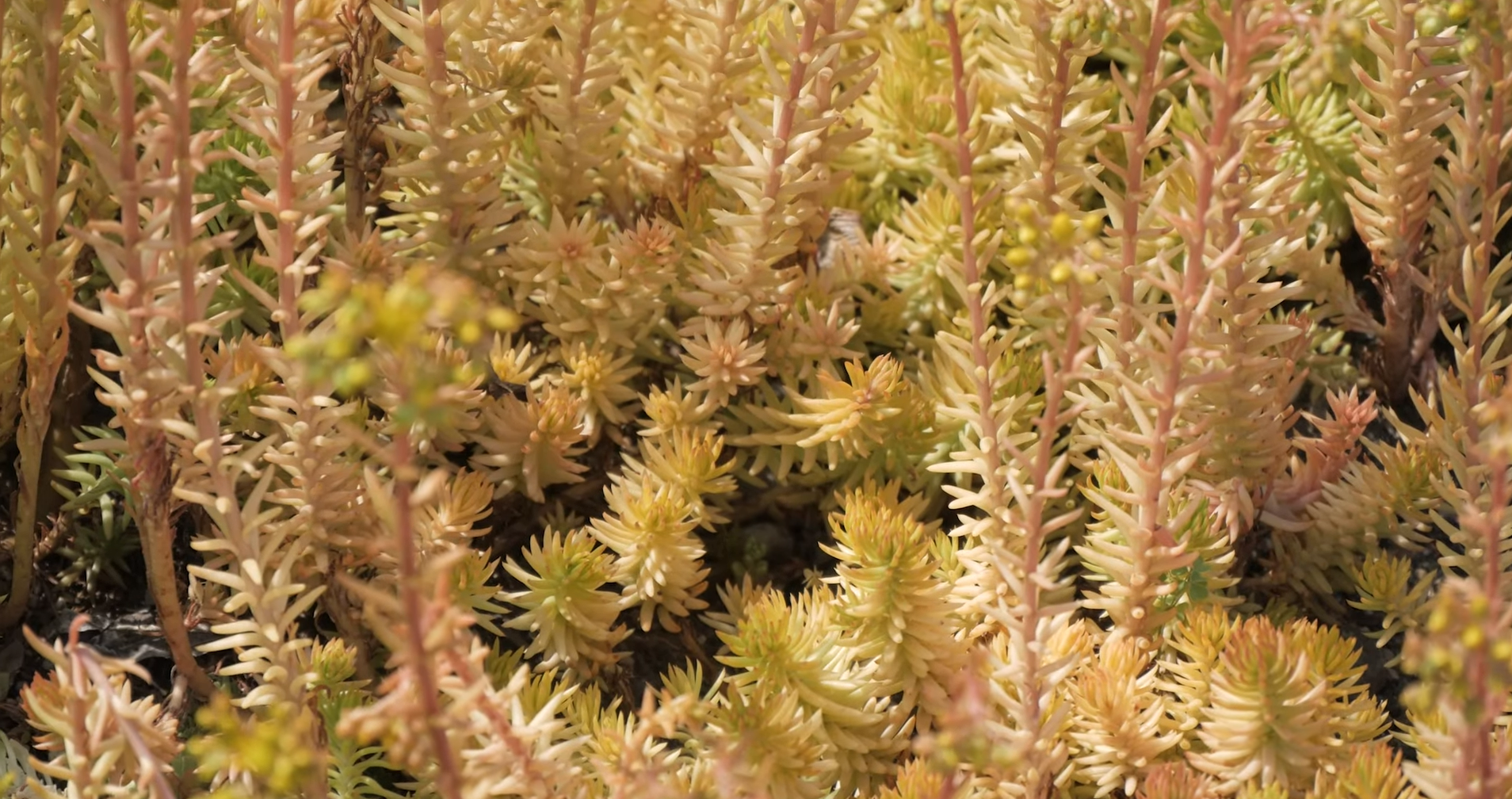
Considerations Before Planting Succulents Outside
Climate factors
The climate is a major determinant when it comes to successfully planting succulents outdoors. Succulents favor climates that closely mimic their natural arid habitats, characterized by low humidity, high temperatures, and infrequent rainfall. However, not all succulents are the same. If your local climate is on the cooler side, you can opt for frost-tolerant species like Sempervivum, also known as Hens and Chicks, or the stonecrop genus Sedum.
Frost protection
While succulents are quite hardy, they are not all frost-tolerant. If you live in an area with harsh winters, it’s important to consider frost protection for your plants. One simple method is to bring your succulents indoors during the colder months. If that’s not possible, consider using frost cloths or mini greenhouses to provide an extra layer of protection. Pay special attention to succulents that are planted in the ground, as they can’t be moved indoors easily. Mulching can also help to insulate the soil and provide some protection against frost. Remember that proactive protection is key as frost damage can be irreversible for succulents.
Soil requirements
Succulents require well-draining soil to thrive. They are prone to root rot, a condition that can be fatal, and this typically happens when the plant’s roots sit in water for too long. If your garden soil is heavy clay or doesn’t drain well, you’ll need to amend it before planting succulents. Ideally, opt for a cactus or succulent mix, which is designed to drain quickly and hold only a minimal amount of water. [2] You can also create your own mix by combining garden soil with coarse sand, perlite, or pumice. Containers or raised beds can also be good options if you’re struggling with poor soil conditions. Ensure the containers have drainage holes to allow excess water to escape.
Keep in mind that excessive watering is a frequent reason for succulent demise. Therefore, it is crucial to allow the soil to dry out between watering sessions. A simple rule of thumb: when in doubt, it’s better to underwater than overwater. After all, succulents are masters at storing water in their leaves and stems, and they can withstand periods of drought much better than they can handle too much water.
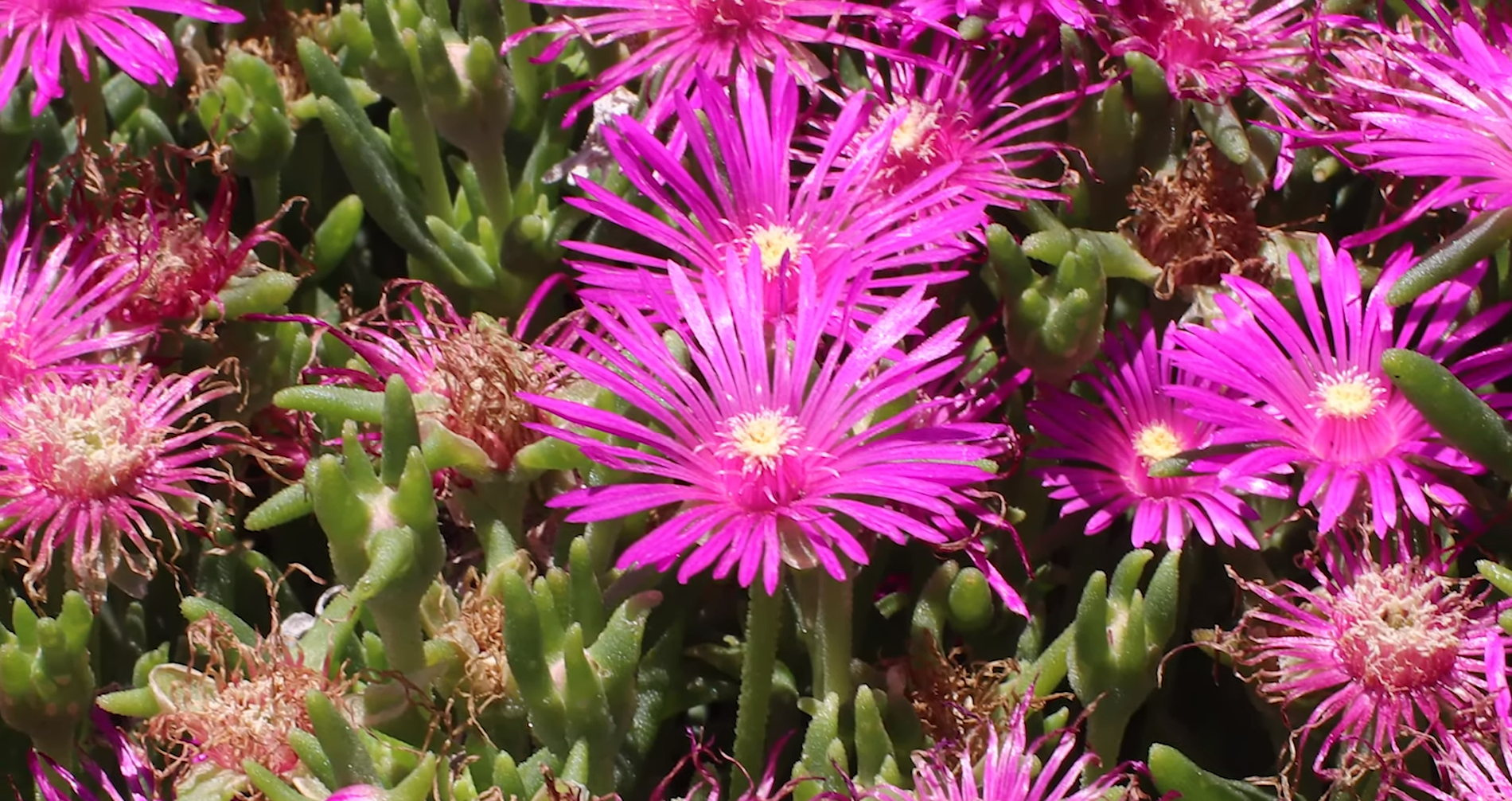
Sunlight exposure
Sunlight exposure is a crucial consideration for the health and well-being of your succulents. Most succulents prefer a good amount of sunlight throughout the day, but there are exceptions. Some types, particularly those with vibrant colors, may require some shielding during the peak sun hours to avoid sunburn. When planting succulents outdoors, be sure to carefully observe how the sunlight moves across your space throughout the day. This will help you identify the perfect spots for your plants.
Remember, a spot with morning sun and afternoon shade often works best for many succulents, as the morning sun is less intense. If your succulent begins showing signs of sun stress, like discoloration or scorch marks, relocate it to a less sunny spot. Being attentive to your succulent’s sunlight needs will ensure its longevity and vibrant health.
Steps to Successfully Plant Succulents Outside
Species Selection
Your first step in planting succulents outside is to choose the right species. As mentioned earlier, not all succulents are created equal – some are frost-tolerant, some prefer full sun, others partial shade, and there are even those that can tolerate a bit more water. Research the varieties that are most suitable for your local climate and select those that match your aesthetic preferences.
Some popular outdoor succulents include Aloe, Agave, Echeveria, and Sedum. It’s also a good idea to mix and match different types to create an appealing aesthetic. For example, you might pair a tall, tree-like succulent such as the Jade plant (Crassula ovata) with a sprawling ground cover variety such as Stonecrop (Sedum).
Location and Soil Preparation
After choosing the right type of succulents and the perfect location, the next step is to prepare the soil. First, clear the chosen area of any existing plants or weeds. Next, in case your soil is composed of heavy clay or has poor drainage, you can improve it by adding coarse sand, perlite, or pumice. The goal is to create a well-draining mixture that does not retain excessive moisture. Dig a hole deep enough to cover the roots of the succulent, but shallow enough that the plant base is level with the soil surface. When planting multiple succulents, it is important to provide adequate spacing between each plant to promote proper airflow and ensure healthy growth. Remember, succulents don’t like to be crowded as poor airflow can lead to mildew and other problems.
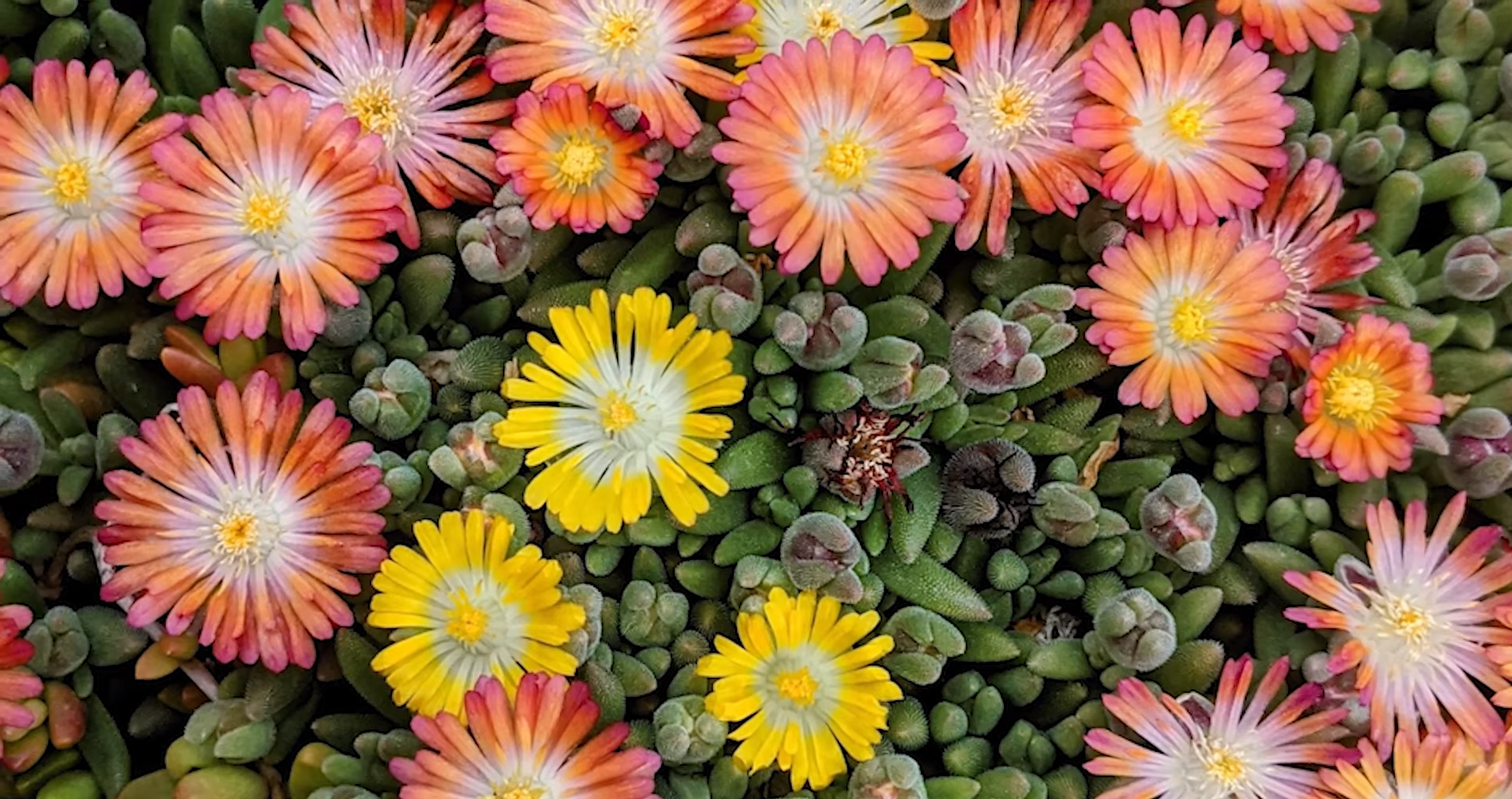
Transplantation
Once the soil preparation is complete, it’s time for transplantation, which is a critical step in planting succulents outdoors. Carefully remove the succulent from its container, making sure to keep the root ball intact. Place the succulent into the prepared hole, ensuring the base of the plant is level with the soil surface. Gently backfill the hole with the amended soil, pressing it firmly around the base of the plant.
Take care not to bury the succulent too deep or too shallow. After planting, it’s generally a good idea to wait a few days before watering, allowing the plant to settle into its new environment and reduce the risk of root rot. Once your succulents are in place, remember to monitor them regularly for signs of stress or disease, so you can address these issues promptly.
Watering Routine
Establishing a proper watering routine is vital for the survival and growth of your outdoor succulents. It’s crucial to remember that succulents are desert plants, adapted to environments where rainfall is infrequent. Too much water can quickly lead to root rot and other diseases. As a general rule, it’s better to underwater than overwater. For optimal plant health, it is important to let the soil dry out completely between waterings. When you do water, make sure to water thoroughly, allowing the water to penetrate deep into the soil.
During warmer months, succulents may need more frequent watering, while in cooler months, watering should be reduced. [3] Always check the moisture levels of the soil before watering.Finally, try to water in the morning so that the excess water can evaporate throughout the day, reducing the risk of mildew and other diseases. Remember, every succulent is unique, and it may take some trial and error to figure out the perfect watering routine for your specific plants.
Mulching and Protection
Lastly, after you’ve established your watering routine, consider applying a layer of mulch around your succulents. Mulch can be quite beneficial as it helps to conserve soil moisture, suppress weed growth, and maintain consistent soil temperatures. Organic mulches like straw or wood chips work well, but be sure to keep the mulch from touching the succulents’ leaves as it can cause rot. During harsh weather conditions, you may also need to protect your succulents. In the winter, if forecasts predict a hard frost, cover your plants with frost cloth or move portable containers indoors. In the scorching summer heat, provide shade with shade cloth if your succulents show signs of sunburn. Remember, maintaining outdoor succulents may require a bit more attention and care than indoor ones, but the result is a beautiful, lush, and diverse succulent garden that you can enjoy year-round.
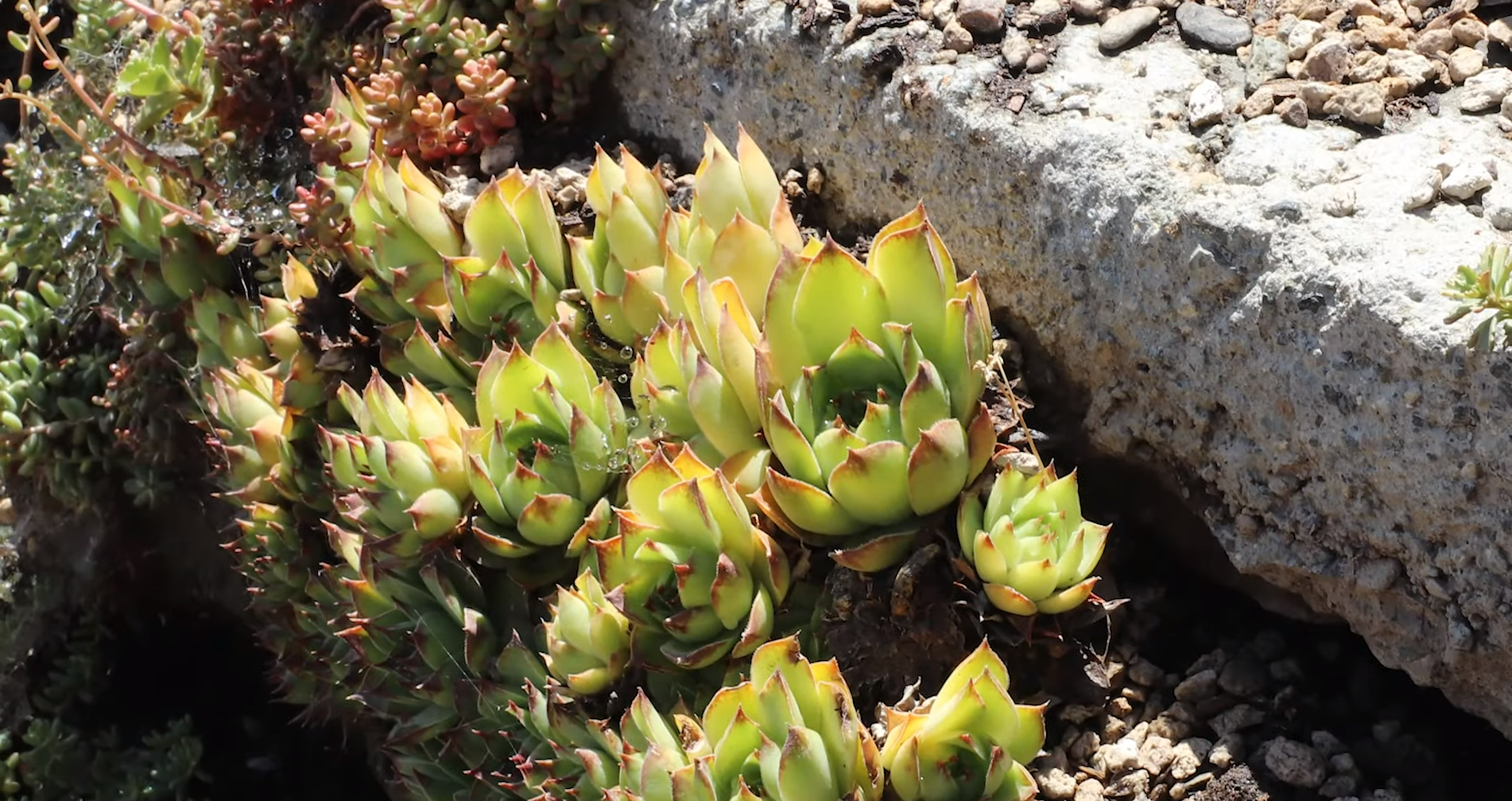
Caring for Outdoor Succulents
Caring for outdoor succulents involves a routine that aligns with their growth patterns and environmental needs. A few key points to remember include:
- Regular Monitoring: Frequently check your succulents for any signs of pests or diseases. It’s easier to stop an infestation or disease if you catch it early. Insects like aphids, mealybugs, and spider mites can be a problem for outdoor succulents.
- Fertilizing: Although succulents don’t require as much fertilizer as other garden plants, a little boost during their growing season (spring and summer) can help them thrive. Use a balanced, water-soluble fertilizer, diluted to half the recommended strength. Avoid fertilizing your succulents in the winter, when many of them go dormant.
- Pruning and Grooming: Some succulents might become leggy or overgrown with time. Pruning helps to control the size of the plants and encourages bushier growth. Always use a clean, sharp tool to make cuts, and allow the cut area to callus over before watering again.
- Repotting: As your succulents grow, they may become too large for their current space or outgrow their pots. Repotting every few years helps ensure they have enough room to grow and fresh, nutrient-rich soil to grow in.
- Adjusting Care as Needed: Succulents are adaptable, but their needs can change based on the weather, the seasons, and their own growth. Stay flexible and adjust your care routine as needed. If your succulents look stretched out (a sign they’re not getting enough light) or their leaves are shriveling (a sign they might not be getting enough water), it’s time to make some changes.
By investing a bit of time and effort intending on your outdoor succulents, you’ll be rewarded with a vibrant, healthy collection of these beautiful, hardy plants.
Benefits of Planting Succulents Outside
Planting succulents outside offers a myriad of benefits both for the environment and for homeowners.
- Aesthetically Pleasing: Outdoor succulents can greatly enhance the visual appeal of a yard or garden. With their varied shapes, sizes, and colors, they add a unique and exotic touch to any outdoor space.
- Low Maintenance: Succulents are renowned for being low maintenance. They require minimal watering, and their resistance to most pests and diseases means they need less attention than other plants.
- Water Conservation: As they are native to arid regions and can thrive without frequent watering, succulents are an excellent choice for water conservation, especially in areas susceptible to drought.
- Soil Erosion Control: Succulents can help control soil erosion due to their extensive root systems that hold the soil together.
- Air Purification: Like other plants, succulents contribute to air purification by absorbing carbon dioxide and releasing oxygen. Some varieties can also absorb harmful toxins from the environment, enhancing air quality.
- Health and Wellbeing: Caring for succulents can be therapeutic, offering mental health benefits such as stress relief and improved concentration.
By embracing the practice of planting outdoor succulents, you not only create a visually stunning landscape but also contribute to environmental sustainability.
Common Challenges and Solutions
While succulents are generally easy to care for, they are not without their challenges. One common issue is overwatering, which can lead to rot and other diseases. It’s essential to understand the watering needs of your particular species of succulent, as these can vary.
Another common problem is inadequate sunlight. While most succulents enjoy plenty of bright light, some varieties can get sunburned if exposed to harsh, direct sunlight. If you notice your succulent’s leaves turning brown or black, they may be getting sunburned and should be moved to a spot with more shade.
Lastly, cold temperatures can be a challenge for succulents, as they are not frost-hardy. If you live in an area with harsh winters, consider growing your succulents in pots, which can be moved indoors during the colder months. In conclusion, while succulents may face certain challenges, with the right care and attention, they can thrive and add a touch of beauty to your garden or home.
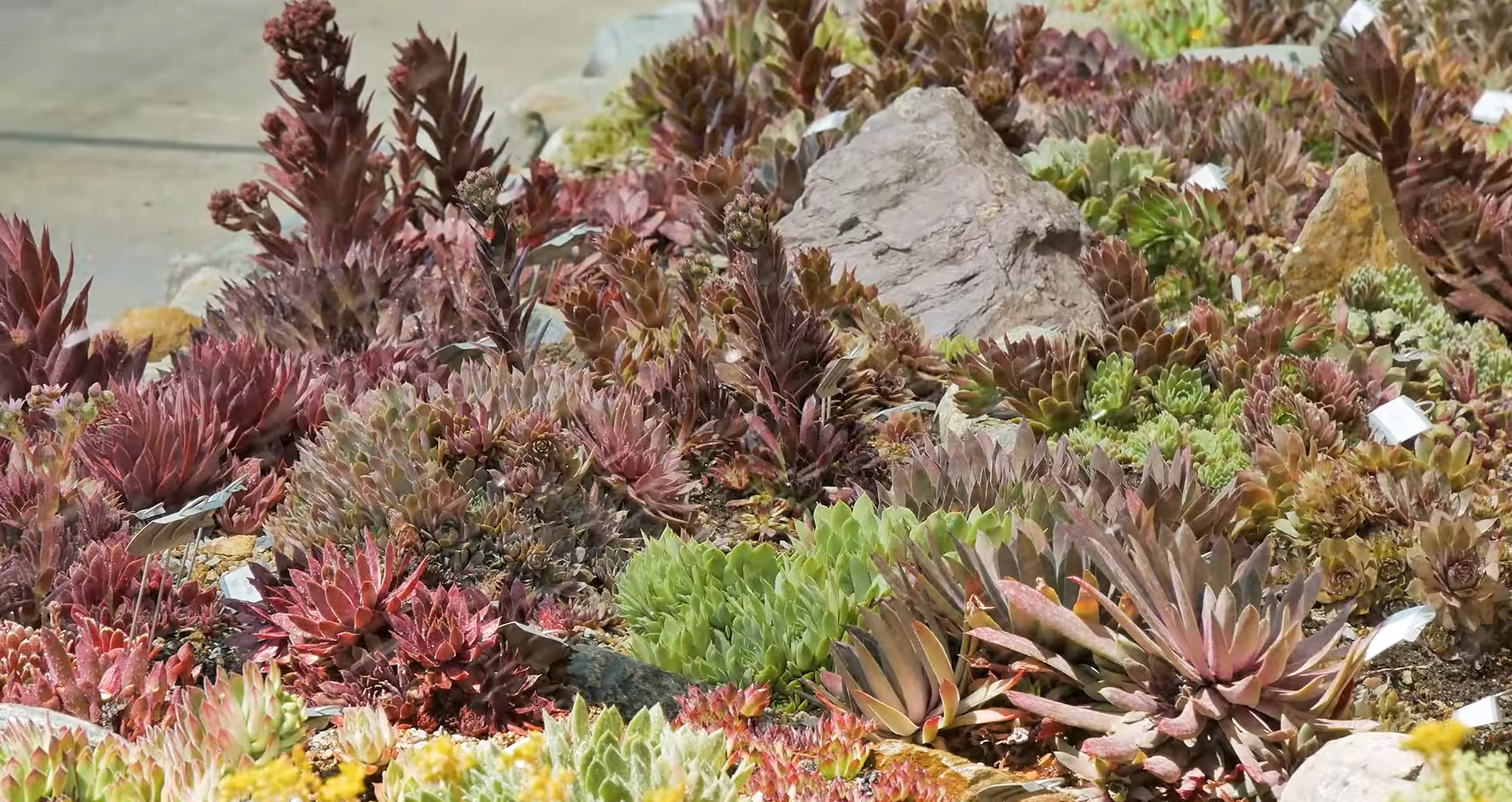
Creative Ideas for Home and Garden
Succulents offer an endless array of creative possibilities for enhancing your home and garden. Here are some inspirational ideas:
- Succulent Wall Art: Transform an empty wall into a living piece of art by creating a vertical succulent garden. This can be a stunning focal point in your living room, patio, or garden.
- Succulent Centerpieces: Bring life to your dining table or coffee table by designing a centerpiece featuring a variety of succulents in different sizes and colors.
- Succulent Wreaths: Add a unique touch to your front door or any wall with a handmade succulent wreath. This can be a fun DIY project that also makes for a thoughtful gift.
- Terrariums: Create a miniature indoor garden using glass containers like fishbowls, mason jars, or even wine glasses. Succulents are perfect for terrariums due to their small size and low water requirements.
- Rock Gardens: Incorporate succulents into a rock garden for a truly striking landscape feature. The contrast between the plants and stones can create a visually appealing outdoor space.
- Fairy Gardens: Building a fairy garden with succulents can be a delightful project for children. The small size and variety of succulents make them ideal for creating whimsical, miniature landscapes.
- Upcycled Container Gardens: Turn old items like teacups, boots, or bird baths into unique plant containers. This is a great way to recycle and add some charm to your home or garden.
Remember, the beauty of working with succulents is their versatility. Don’t be afraid to experiment and let your creativity shine.
Frequently Asked Questions
Is it OK for succulents to be outside?
Yes, it’s perfectly fine for succulents to be outside. In fact, succulents thrive in natural sunlight and can enhance the beauty of outdoor spaces. However, they should be cared for properly to deal with outdoor conditions such as extreme temperature variations, rainfall, and pests. It’s also important to know that while many succulents love sunlight, not all can tolerate intense, direct sunlight all day. Some may need partial shade or protection from the harsh afternoon sun, especially during the hot summer months. Therefore, it’s best to research the specific needs of your succulent species to ensure they’re placed in an optimal outdoor location.
Where is the best place to plant succulents outside?
The best place to plant succulents outside largely depends on the type of succulent and the climate where you live. Generally, succulents prefer well-draining soil and an area that gets at least half a day of sunlight. Morning light, which is less intense, is the best type of sunlight for succulents. If the sun in your area is very strong, then a location with partial shade during the afternoon might be ideal. A south-facing location is often a good choice. Remember, not all succulents are frost-friendly, so if you live in a colder climate, consider planting them in containers that can be moved indoors during the winter. Lastly, ensure the area where you plant succulents has good airflow, which can help prevent pest infestations and diseases.
Do succulents grow better outside or inside?
Succulents can thrive both indoors and outdoors, but their growth may differ based on light, temperature, and humidity conditions. Generally, succulents naturally grow in arid and semi-arid regions, and they are adapted to cope with high light levels and low humidity. Therefore, they might grow better outside in the right climates. However, with appropriate care — including proper watering, appropriate sunlight, and controlled temperature — succulents can also grow well indoors. It’s essential to understand the specific needs of the species you have, as some varieties might prefer one setting over the other. Ultimately, whether a succulent grows better inside or outside will depend on its species and the specific conditions in its environment.
How do you keep outdoor succulents alive?
Keeping outdoor succulents alive requires attention to watering, sunlight, temperature, and soil conditions. Water the succulents when the soil is completely dry, usually once a week in the summer and less frequently in the winter. Place them in an area where they can receive plenty of sunlight, but protect them from extreme heat and cold. Use well-draining soil and containers to prevent water-logging, which can lead to root rot. Lastly, regularly inspect for pests and treat them promptly to keep your succulents healthy.
Useful Video: 5 Easy Outdoor Succulents (& How to Care for Them!)
Conclusion
In conclusion, succulents are a great addition to any outdoor garden. Whether you want to add color and life to a space or create a unique look, succulents are the perfect solution. They require minimal attention and have a creative touch that gives any space a unique character. Added to their low maintenance requirements, succulents will bring an interesting means of decoration to your outdoor garden for years to come. With such a variety of colors and species, there is no limit to what you can achieve! So if you’re looking for something different yet easy to care for, why not consider adding some beautiful succulents today!
References:
- https://www.thespruce.com/types-of-succulents-7090763
- https://sukkulenty.com/en/succulents/succulent-care/soil-for-succulents/
- https://www.homesandgardens.com/gardens/when-to-water-succulents





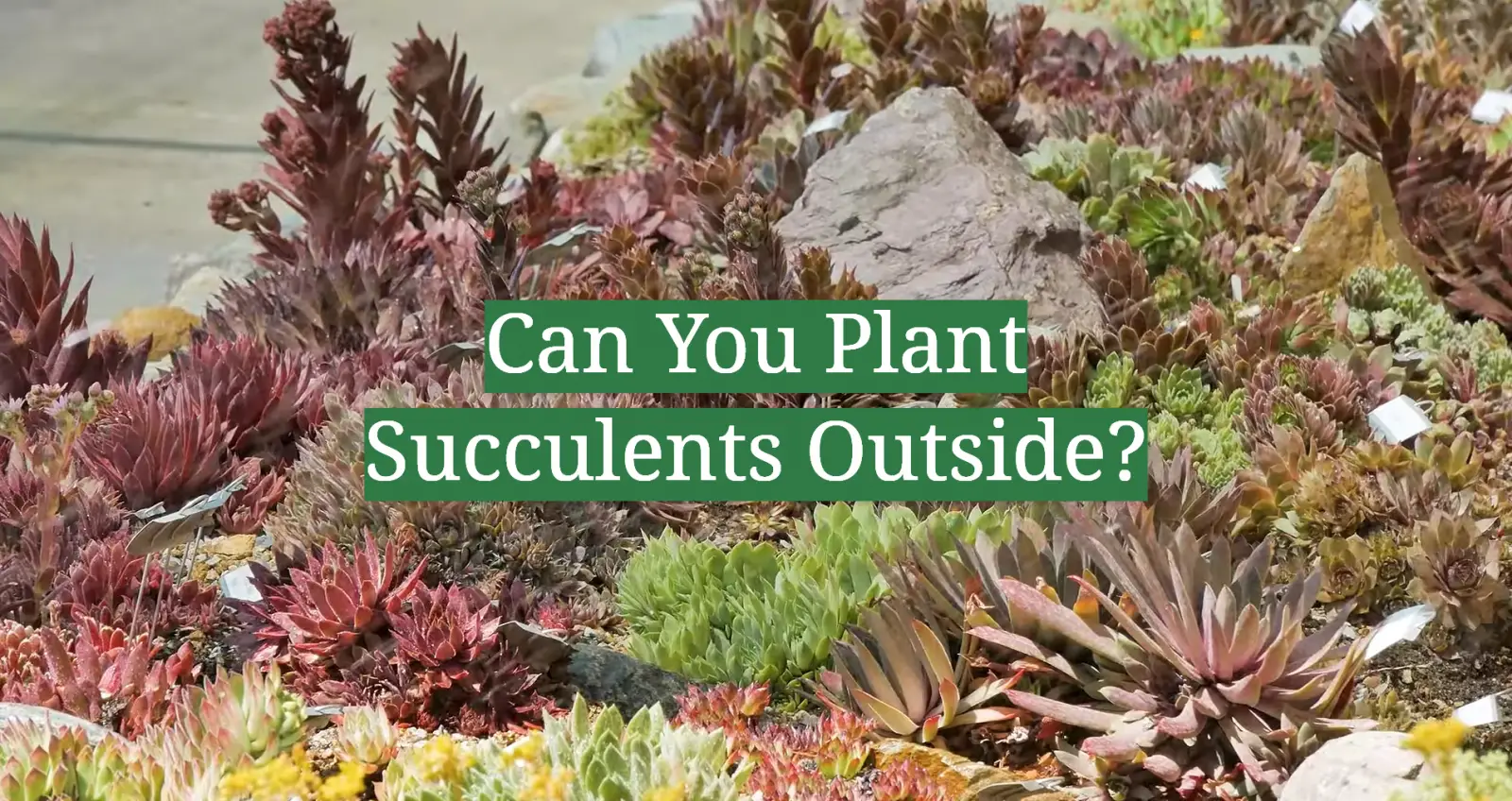
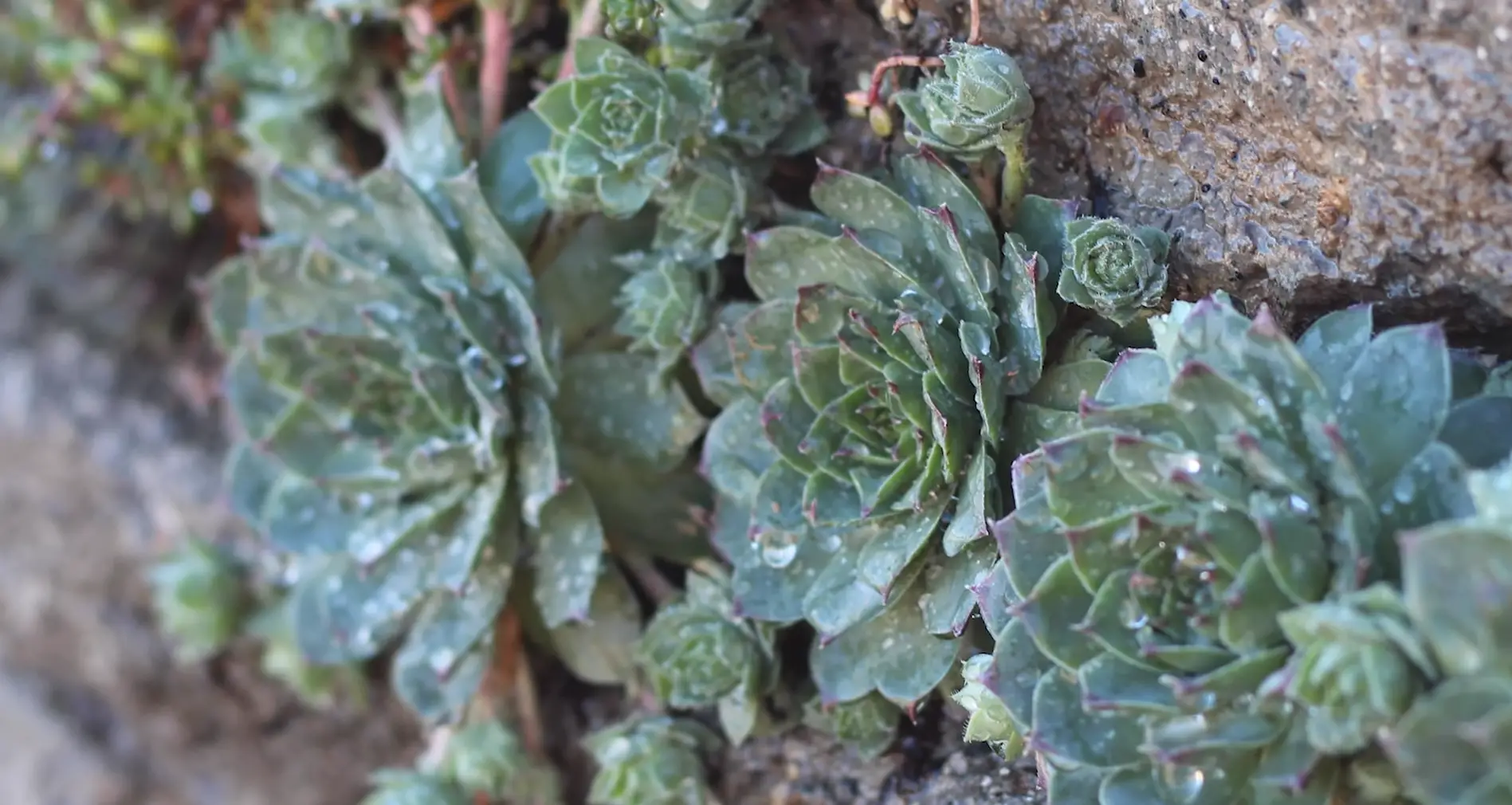
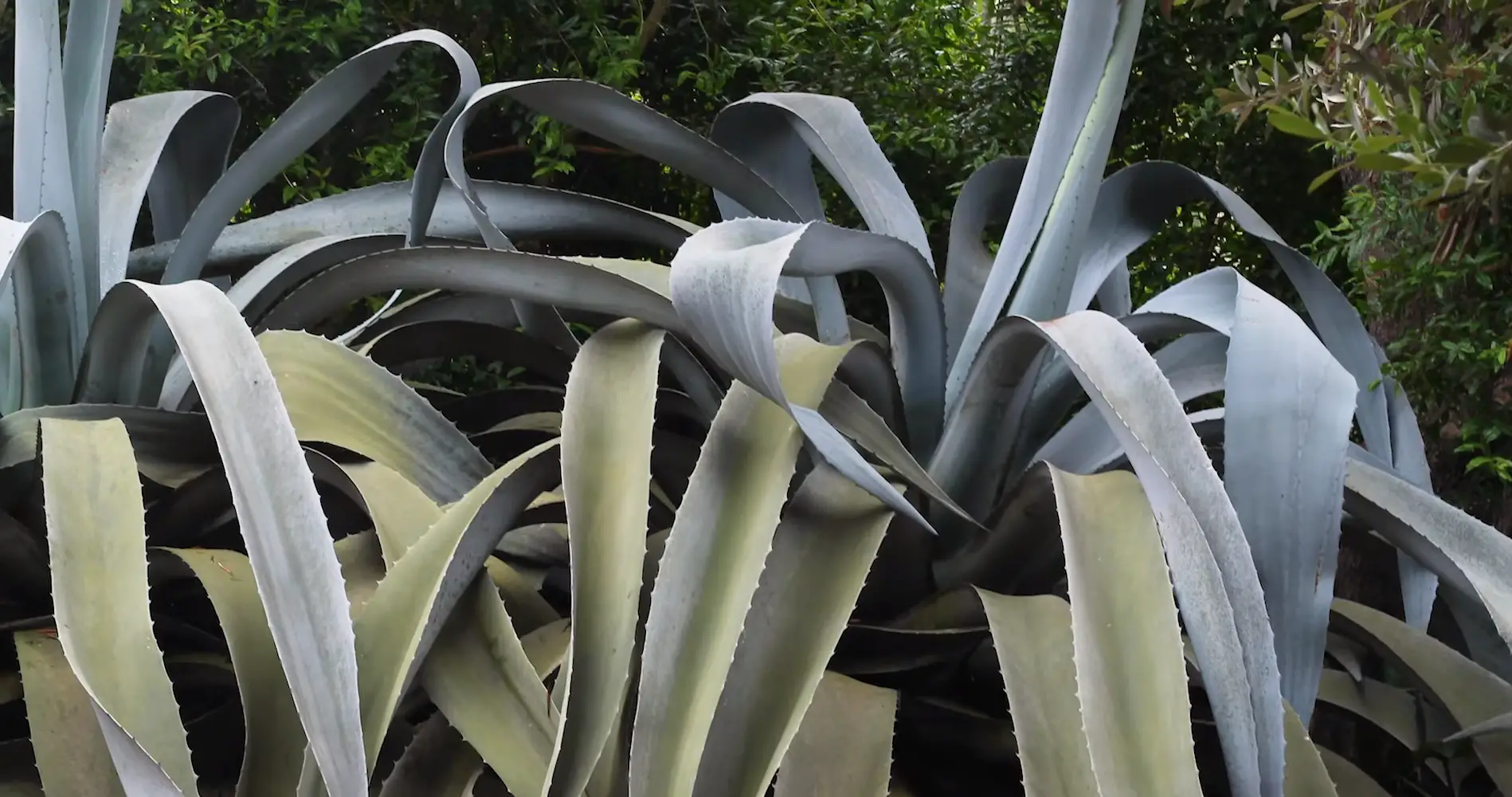




Leave a Reply
View Comments